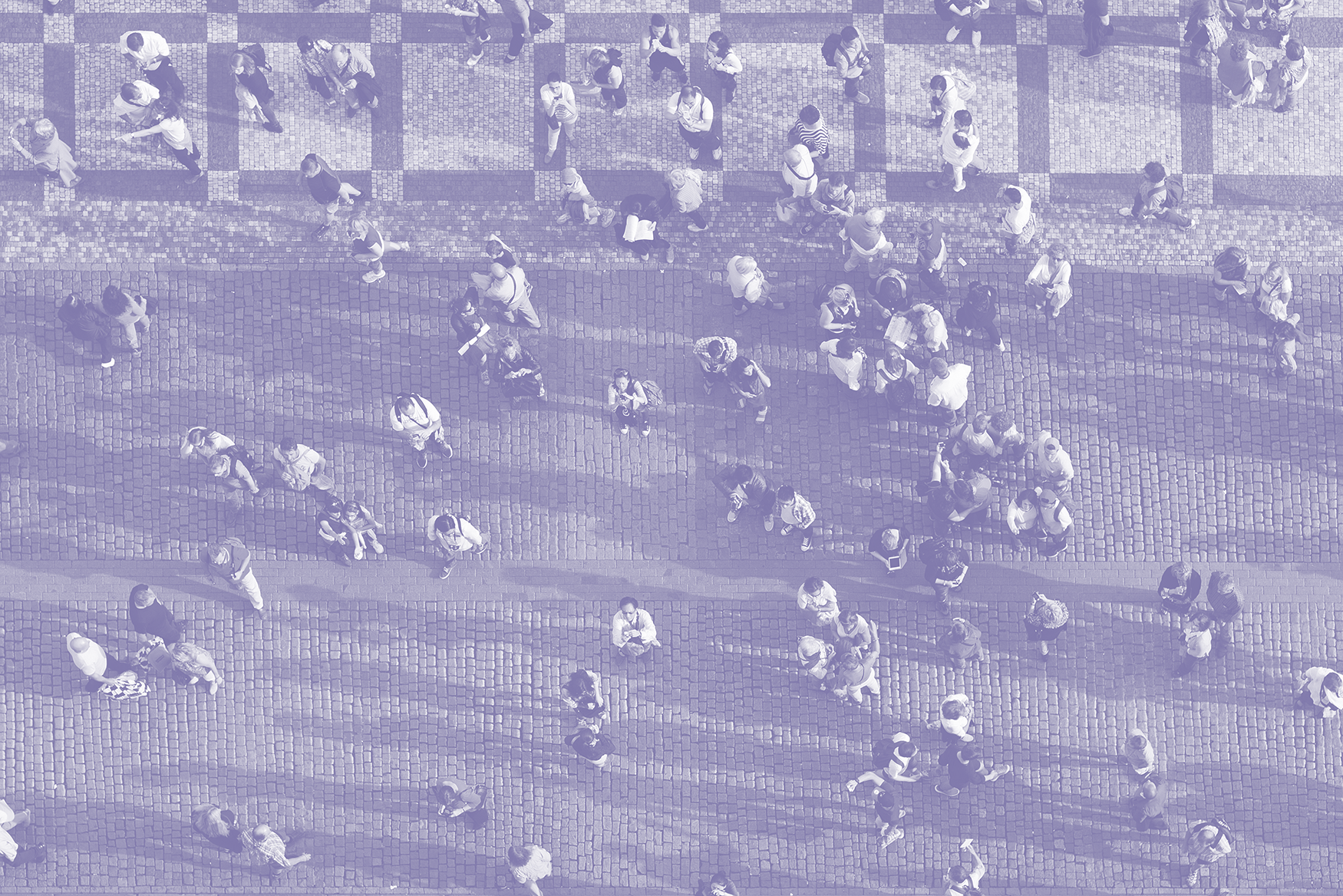Each of the mechanics discussed earlier seeks to increase the probability of serendipity, a phenomenon that is often the formative ingredient of innovation. It is the unexpected, unplanned positive moments where we discover novel information that leads us to new insights, opportunities, or relationships.
In a survey conducted by the Brookings Institute for the Oklahoma City, Oklahoma innovation ecosystem audit, they looked at the where serendipitous interactions took place in Oklahoma City's Automobile Alley district and the Kendall Square district in Cambridge, Massachusetts, 63% (OKC) and 66% (Kendall Square) of respondents acknowledged that serendipitous interactions as useful for their work. In the less dense and auto-oriented urban environment of the Oklahoma City district, those surveyed identified interior spaces where serendipitous interactions take place consistently higher than the public realm. Conversely, Kendall Square respondents rated outdoor environments much higher. Kendall Square district has intentionally integrated more enriching public space, pedestrian-scaled streetscapes, and third places so it would be expected to be higher than where those amenities are not present. However, Kendall Square respondents rated interior spaces of their buildings and central facilities such as cafeterias considerably lower as compared to these environments.
Read More


